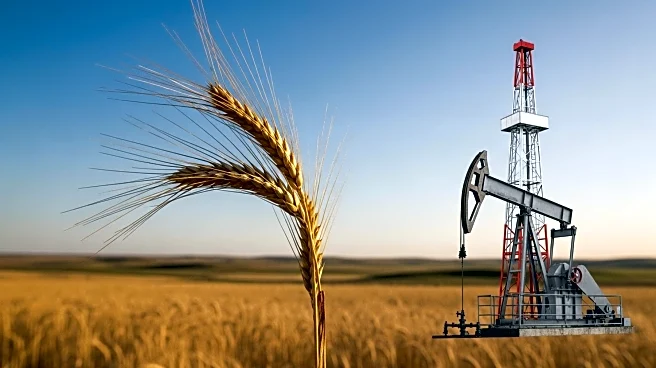North Dakota's timeline is a journey from its indigenous roots to its modern growth as a key player in agriculture and energy. The state's history is marked by significant events and developments that have shaped its identity and role in the U.S.
Origins
North Dakota's origins are deeply connected to the Dakota and Sioux peoples, who inhabited the region long before European settlers arrived. The state's name reflects this heritage, honoring the indigenous cultures that have influenced its history and traditions.
Key Phases
The key phases in North Dakota's timeline include its admission to the Union in 1889 and the subsequent development of its agricultural sector. The discovery of oil in the Bakken Formation marked another significant phase, transforming the state's economy and positioning it as a leader in energy production.
Turning Points
Turning points in North Dakota's history include the expansion of its agricultural industry and the growth of its energy sector. These developments have driven economic growth and increased the state's influence in national policies. The integration of renewable energy sources represents a turning point in environmental stewardship.
Present Status in Source
Today, North Dakota is recognized for its contributions to agriculture and energy, with a focus on sustainable practices. The state's cultural heritage continues to be celebrated, with efforts to preserve indigenous traditions and historical sites. North Dakota's role in the U.S. economy and its commitment to environmental sustainability remain central to its identity.
 Discover Daily • 7 min read
Discover Daily • 7 min read 









